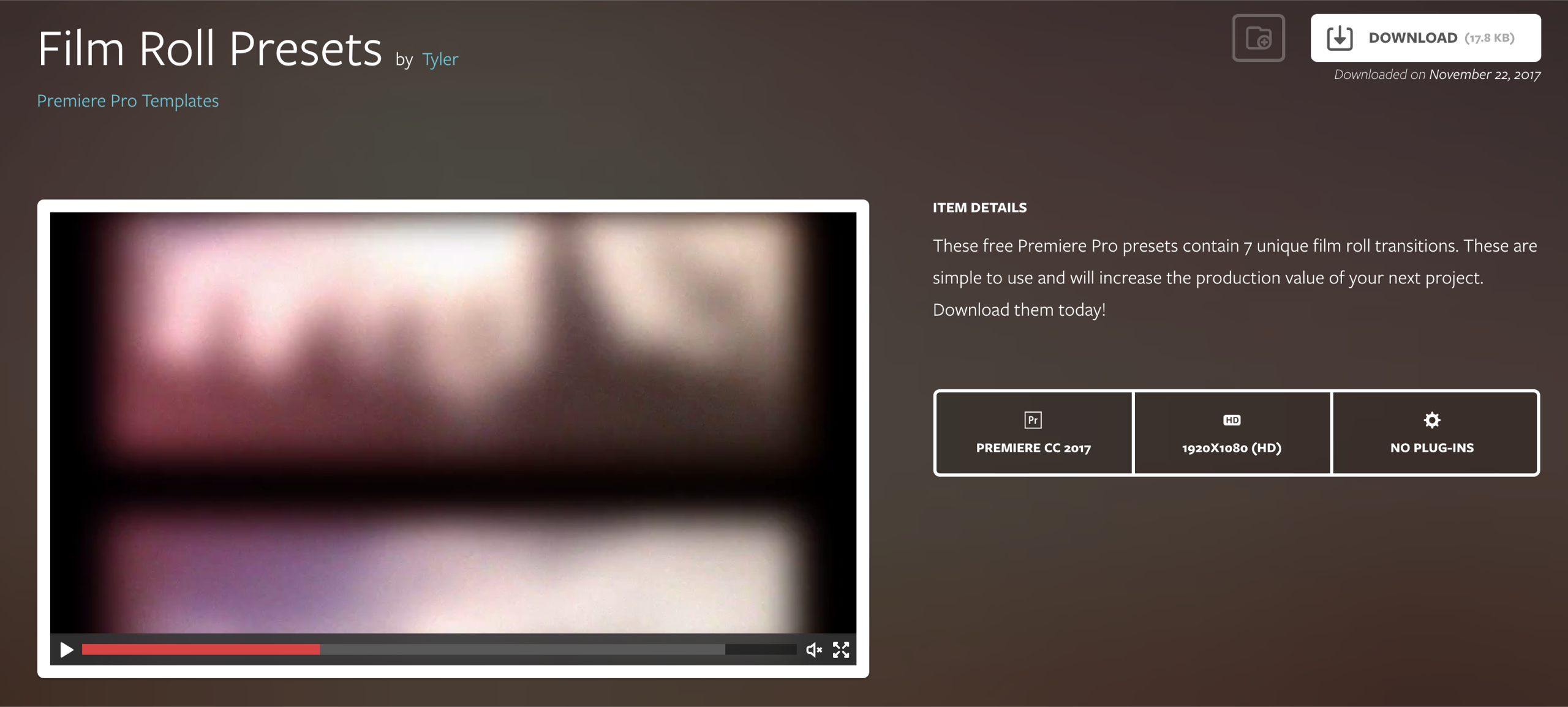
- SIDE SCROLL FLICKER PREMIERE PRO HOW TO
- SIDE SCROLL FLICKER PREMIERE PRO MOVIE
- SIDE SCROLL FLICKER PREMIERE PRO FREE
SIDE SCROLL FLICKER PREMIERE PRO FREE
This may sound confusing, but there are many free calculators online that will help you determine the best panning speed for your shot. If you were to move more slowly, that’ll work too… But any faster and your image becomes jittery. To smoothly capture this shot you’d need to take at least 8 seconds to pan across your shot. Let’s also assume that the shot you’re trying to capture calls for a panning angle of about 45 degrees - or in other words: you need to rotate the camera 45 degrees in your shot.

Once you understand how these elements affect each other, you can quickly figure out how long it should take you to pan from one side of your shot to the other.įor example… let’s say you’re shooting on a 35mm lens at 24p on a Super 35mm camera. Some of the biggest variables that come into play include: lens length, shutter speed, resolution, and panning angle. Thankfully, there’s a bit of a science to getting smooth motion when panning in 24p.
SIDE SCROLL FLICKER PREMIERE PRO HOW TO
But for the purpose of this post, we’ll focus on the production side of things and how to avoid this issue in camera. This issue can be problematic in other ways too – for example scrolling credits can often appear jittery at 24fps if they aren’t set to the right speed. GH3 – Panning Judder Test from Noam Kroll on Vimeo. The intention was to compare my new camera to the GH2 and see which had more noticeable jitter when panning: To clarify exactly what this looks like, take a look at this test video I shot a couple years back with my GH3. If you’ve ever watched back footage from a shoot and noticed that a building, sign, or anything else with a vertical line seemed to appear jumpy or jittery when panning, you probably weren’t factoring in panning speeds. This jittery effect goes unnoticed most of the time, except of course in certain circumstances - one example being panning shots. Here’s a comparison from Derek Rowe that highlights the differences between 24fps and 60fps: Unlike 30p or 60p footage that can appear so smooth that it’s hyper-realistic looking, 24fps material has a slight jitter to it, which makes it feel more ‘filmic.’


The reason we love 24p footage so much, is the very same reason it can be so frustrating to work with – it’s just not smooth.
SIDE SCROLL FLICKER PREMIERE PRO MOVIE
Top image of Chris Menges from Movie City News This calculator will help you eliminate that issue entirely. In the After Effects file, there are timelines for both HD and UHD resolutions.One of the biggest headaches associated with shooting at 24fps is the jittery look of vertical lines you get when panning. PSD that contains all the credit text and an. I’ve included a quick after effects credit roll template that I use all the time. If anyone knows, please give us a heads up. I wish I remembered the original person for this expression so I could credit them. Typically for larger resolutions, you will have to bring that value up to 8, so the duration of the credits isn’t as long as the darned movie. To increase the speed of the roll, change “rate = 2” to a larger whole number. value – Occasionally, when delivering to networks, the length of the credits is already specified. The result is arguably the best thing you can do for smoother credits. Instead of any given position looking like this: 960 in the x-axis and 422.45 in the y-axis, you would have 960x and 422y. One solution I found a few years ago on Creative Cow or AEnhancers was an expression that scrolls the text by whole pixels.

That means that as the user’s screen is refreshing, the credits are still rolling in between the refresh rate. After Effects can be a tricky little bugger, you may not know it, but if you set two position keyframes, After Effects incrementally interpolates the data in between (in decimal points).


 0 kommentar(er)
0 kommentar(er)
